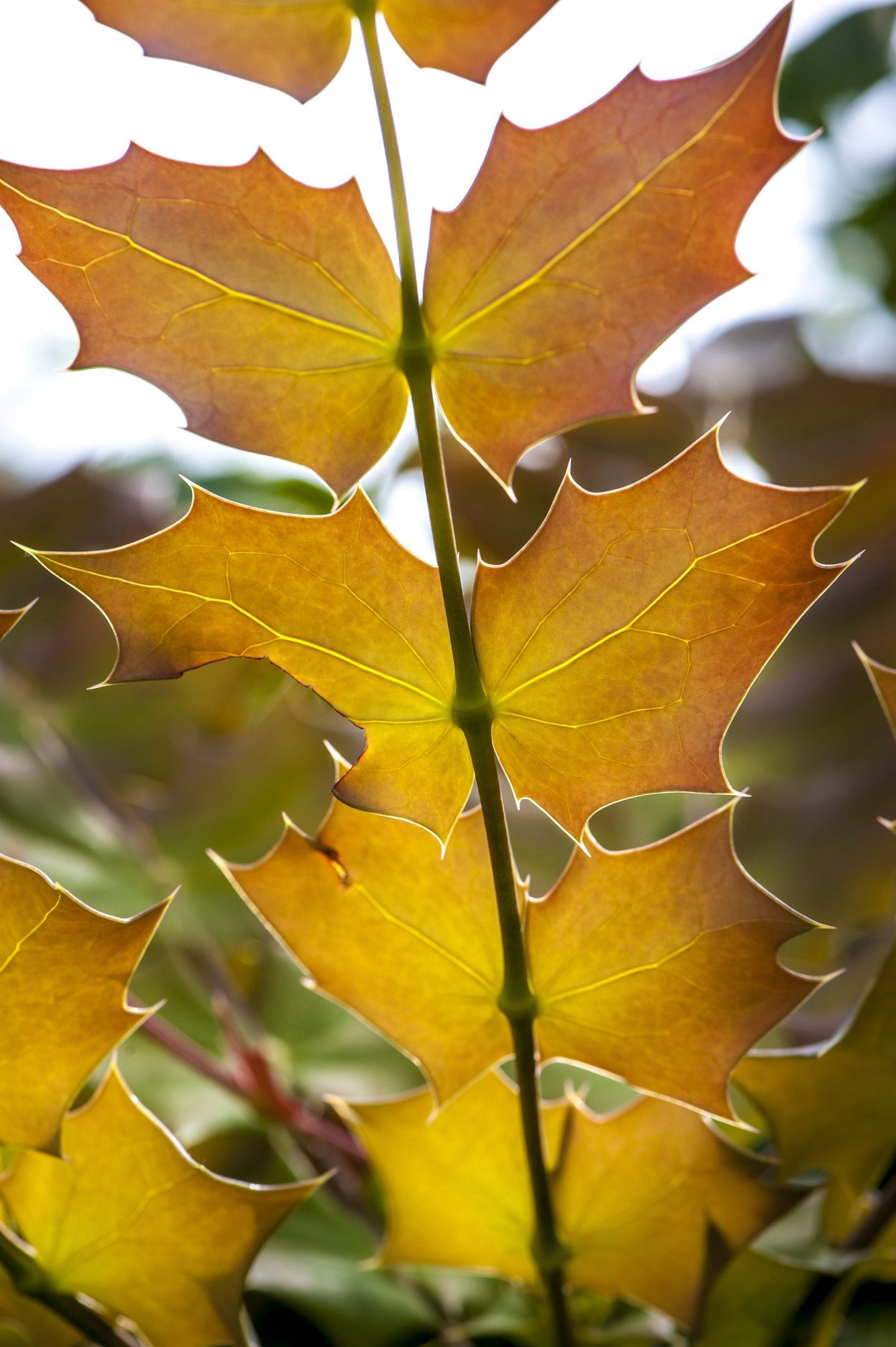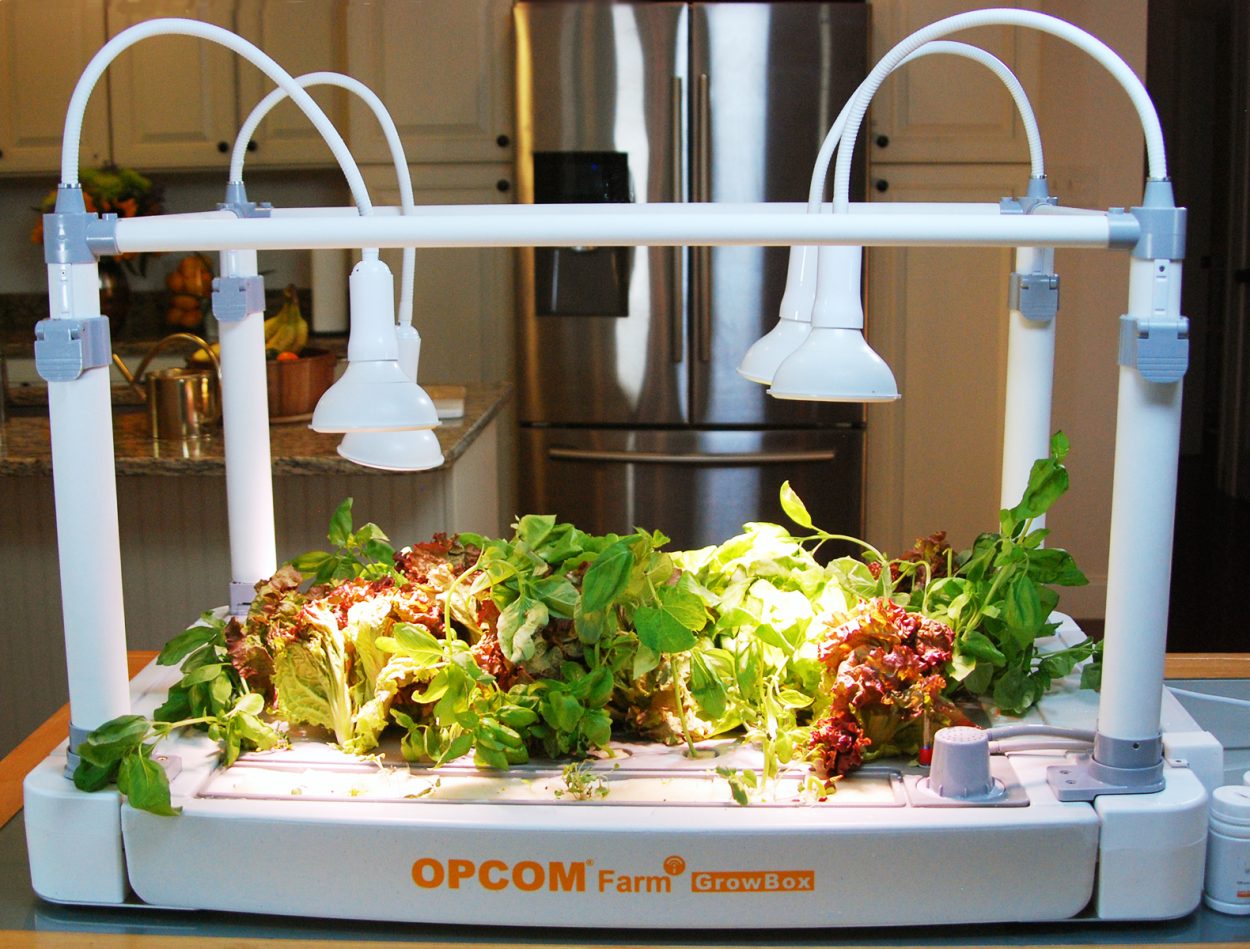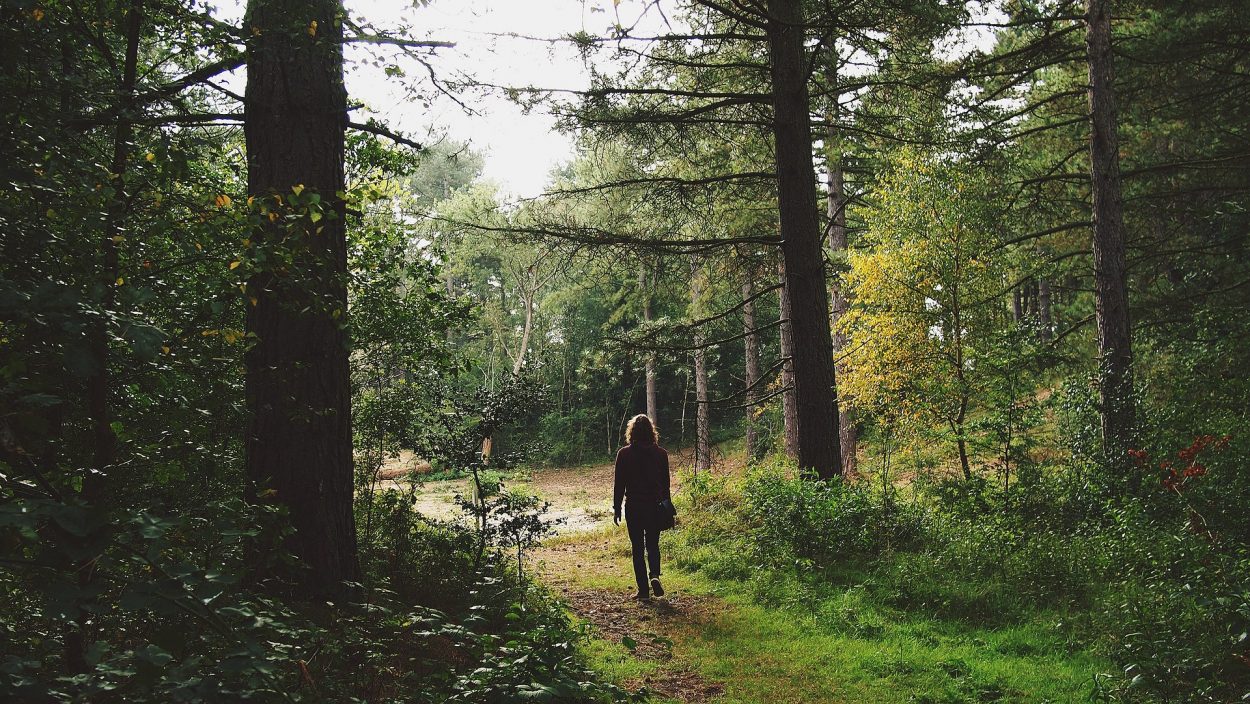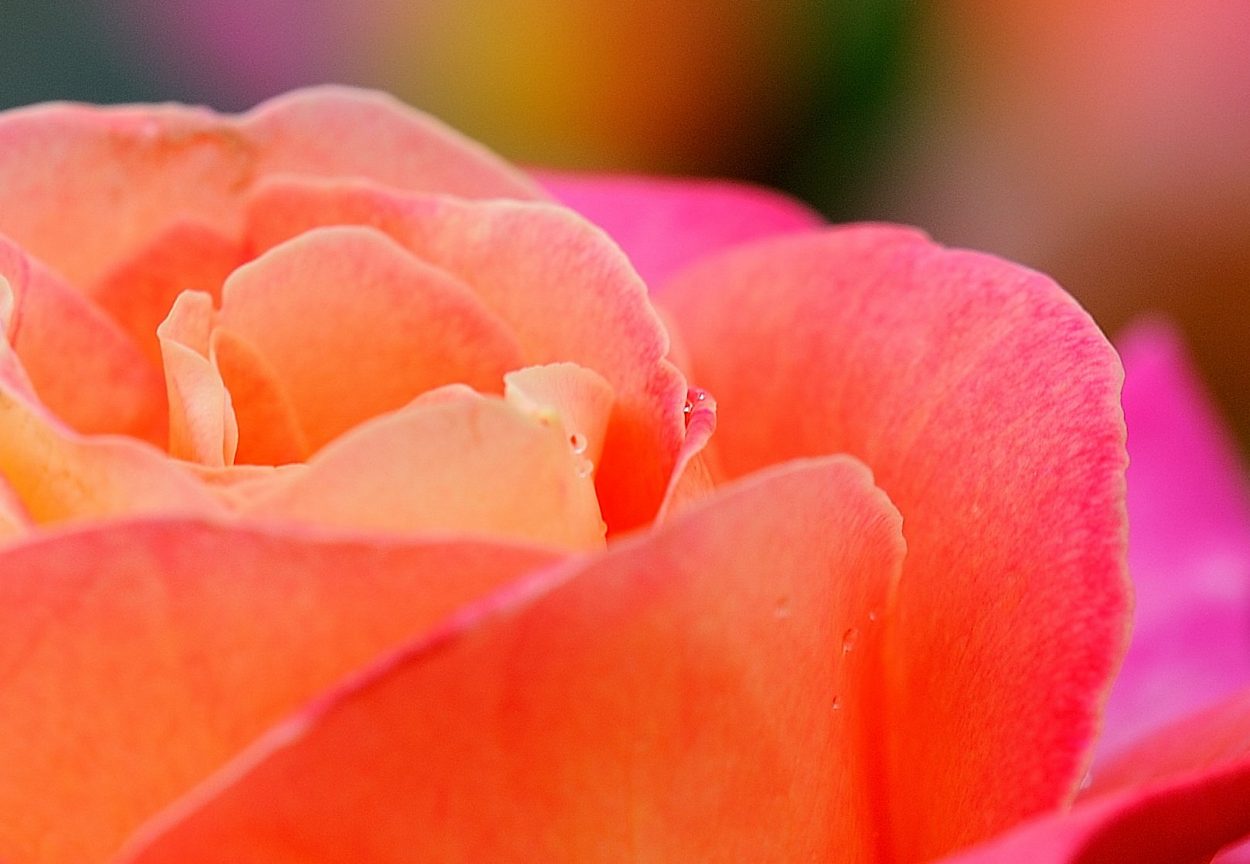Garden Trends for 2017
Gardening basics seldom change — like “right plant, right place”— but preferences can be downright trendy. So before tilling dirt this spring, check out what’s hot and what’s not for 2017.
Grow 365. Gardening used to be limited to a few seasons, but not anymore. Today with enhanced technology, gardeners can grow 365 days of the year.
Special grow lights and hydroponic systems—now as stylish and user friendly as they are affordable—create indoor growing environments that are convenient, as well as climate controlled and pest free. This year, using everything from repurposed window-sill pots to high-tech growing systems, an estimated 37 percent of millennials and 28 percent of boomers will grow their own indoor herbs, per the “2017 Garden Trends Report” by Garden Media Group.
“Clean” gardening. Organically grown, locally sourced food tops the list for mainstream consumers. DIY growing empowers gardeners to bypass GMO seeds and synthetic chemicals found in fertilizers, pesticides and herbicides. More and more self-sufficient growers, also known as
homesteaders, will take comfort in knowing how, when and where their food is planted, cultivated and harvested. In their minds, growing “clean” food is no longer a luxury, it is a necessity.
Nature nurtures. Communing with nature is another reflection of a renewed commitment to health. Relaxing in peaceful environs, listening to natural sound-scapes and seeing peaceful tree-scapes help reduce stress, awaken the senses and improve wellbeing. More people will take to the outdoors to experience these benefits…and their only cost is time.
More Garden Trends
Workplace wellness. Plants create a welcoming, tranquil atmosphere for clients and customers. They also can help improve morale, increase productivity and lower employee absenteeism. For these reasons and more, greenery will continue to grow in the workplace. When employees can’t go outside, nature will come in via vertical walls of succulents, desktop herbs and dish-garden cacti that require minimal care.

Incorporating gold into your landscape is one of 2017’s garden trends. Pictured: mahonia leaves. Photo by Brad Alston.
To each his own. Gone is one-style-fits-all landscape design. While some homeowners will remain loyal to traditional foundation plantings with heavily fertilized lawns, others will experiment with wild-scaping. This idea of allowing nature to grow whatever she wants, wherever she wants works well for those who appreciate naturalism, prefer non-chemical settings or lack time and interest in maintenance. On the other hand, urban dwellers with tiny spaces will lean toward tidy plants and compact fruits, such as the revolutionizing collection of brazelberries. In 2017, perhaps more than ever before, landscape styles will reflect personalities, priorities and eco-concerns.
Uberizing. Ordering convenience, planting tips and ease of comparison make subscription services a growing source for seeds and plant stock. Beginners can access the basics without getting overwhelmed, while more experienced gardeners can locate newly introduced and hard-to-find varieties. However, horticulturists will continue recommending use of locally grown seedlings and native plants whenever possible. After all, they’re already acclimated to our Zone 7, and local purchases support local growers.
Go for the gold. Through the centuries, the color gold has symbolized abundance and success. Perhaps that’s why it will be spotlighted in 2017 landscapes. Pops of gold—whether blooms and foliage or shiny metallic accents—are expected to warm up gardens, landscapes and patios across the nation.
Buzz off. Mosquitoes aren’t just nasty bloodsuckers; they also transmit nasty diseases. Savvy gardeners will respond naturally by planting lavender, basil, chives, lemon balm and other herbs that repel mosquitoes. They’ll also show increased interest in another natural pest control: birds and bats. Purple martins and barn swallows can eat pounds of mosquitoes every day, and a single bat can eat
6,000 to 8,000 insects each night, including mosquitoes. No wonder more bird and bat houses will appear in backyards and parks. Installing a bat house also doubles as stewardship in action, since one house can be home to 25 bats, which are threatened by extinction.
Featured Flora: Still need inspiration? The National Garden Bureau’s 2017 Plants of the Year are daffodil (bulbs); pansy (annuals); rose (perennials); and brassica (vegetables in the mustard and cabbage family).
This article first published in January 2017 in The Richmond Times-Dispatch.


